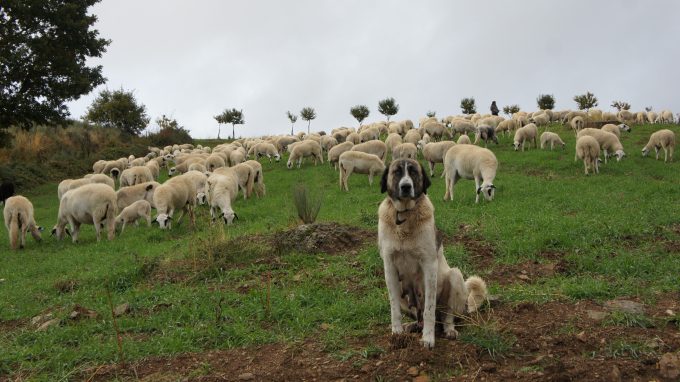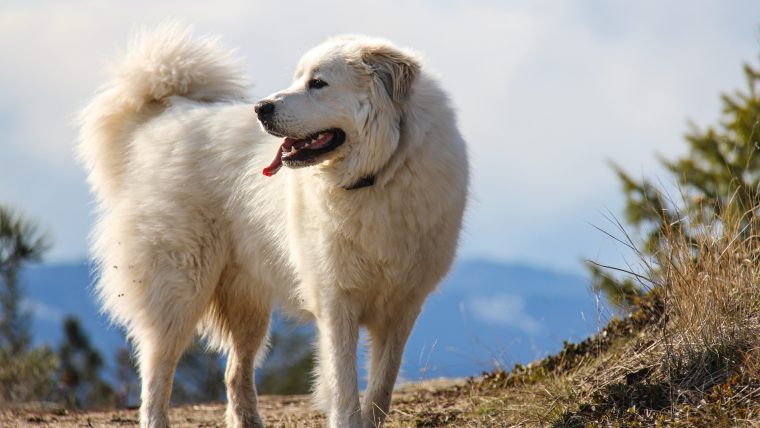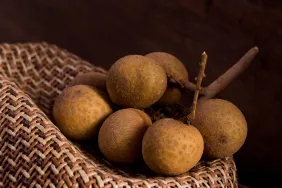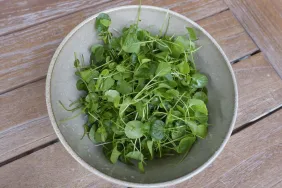
Whether you’re starting a brand new homestead or have been running one for years, livestock guardian dogs (LGDs) are a vital part of its operation. They provide protection from predators for a variety of livestock and are also loyal and loving companions on the farm. But, just like the animals they protect, it’s important to keep your LGD safe too. Here are some of the top issues to watch out for and how to keep your dog safe.
Tips to keep livestock guardian dogs safe
There are a few steps you can take to ensure your property is safe before you bring home a puppy. First, secure the perimeter of the farm. Make sure all fences are repaired, gates closed properly, and any electric wires are kept out of reach. This can keep your dog contained as they learn the ropes.
Once your dog is home, you’ll also want to work on boundary training. Positive reinforcement training can go a long way. Reward your dog for minding gates, fences, and staying close to livestock with special high-value treats such as pieces of lunch meat. Work on commands such as “come” and “stay” to encourage your dog to listen to you and avoid wandering off.
In addition, you’ll want to provide a comfortable place for your LGD to stay if they will be living outside with your livestock. Always provide fresh water and a shaded shelter, such as a kennel, dog house, or part of the barn. Monitoring for any health issues is also important, as working dogs can be more prone to injuries such as wounds on the legs and feet, torn ligaments and muscles, and bites from wild animals. A daily once-over can alert you to any problems before they worsen.
Common safety threats to LGDs on farms
Unlike indoor pets, livestock guardian dogs have some unique safety threats to watch out for. The biggest threat is wildlife that may attempt to hunt livestock. If your dog engages, they may be attacked or injured and require medical care. Farm equipment can also cause injuries if your dog dashes out in front of a moving tractor or tiller. Teach your dog to give these items a wide berth.
Poisonous plants and substances left on the farm such as fertilizer can be ingested by accident. Watch for signs of poisoning such as staggering or confusion, drooling, vomiting, and diarrhea. On hot days, heat stroke and dehydration can also be potential problems, especially for long-haired breeds in warmer climates. Be sure to always provide plenty of water and shade, and if your dog seems in distress take a break.
If your dog is injured, poisoned, or appears ill, veterinary care is best. Keep the number of your vet or emergency clinic on hand in the case of an issue so your dog can receive help right away.
Preparation for emergencies
Sometimes, you might not be able to get to your veterinarian right away. It’s best to have a first-aid kit on hand for minor injuries such as cuts and scrapes. Include bandages, vet wrap, scissors, antibiotic creams, and more. If the wound is very large, your dog is badly injured, or you suspect there is a more serious problem, it’s best to get to the vet.
It’s also important to have an emergency plan in place in the event of a disaster or evacuation. Keep a list of hotels that accept large-sized dogs, or shelters where dogs can stay with livestock such as local fair venues and animal shelters. Having a plan in place can reduce panic in the event of an emergency.
Livestock guardian dogs are great additions to any homestead. Not only will they protect your farm animals, but they are also loving, gentle companions. Now that you know how to keep livestock guardian dogs safe on the farm, check out the best dog breeds for your homestead along with the best breeds to be homestead guard dogs.









